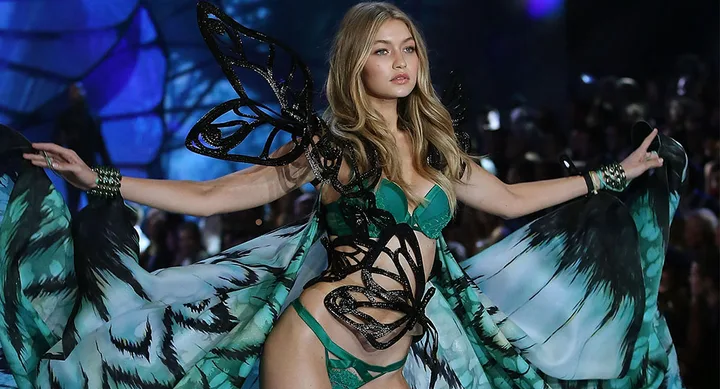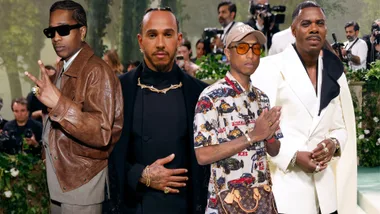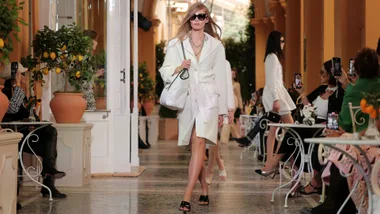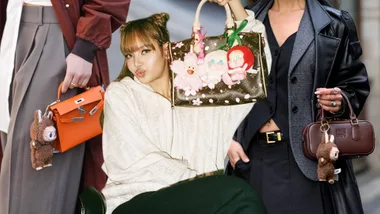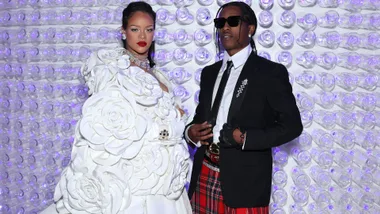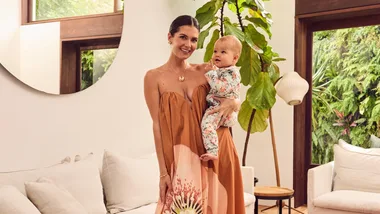At any given moment backstage at the Victoria’s Secret fashion show a thousand flashbulbs are erupting simultaneously. It’s an occupational hazard. After all, the Victoria’s Secret fashion show is one of the most photographed events of the year, where the models primping and preening have a combined 88 million Instagram followers, and the products being shilled – ‘Fantasy’ bras, adorned with thousands of jewels, pairs of wings weighing up to 27 kilograms – are unashamedly camp.
But those photographs aren’t just focussed on tawny skin and toned abs. They’re capturing a slice of the billion-dollar business that is lingerie. So that when you think lingerie, you think Victoria’s Secret.
And it works.
Over the past few decades Victoria’s Secret – launched in the ’70s – has become an unstoppable fashion force.
Before it started holding annual fashion shows in 1995, the brand was famous for its seasonal catalogues, posting out some 375 million a year to customers and fans.
They still do the catalogues, of course. But the big business these days is the fashion show, a chance for the brand to present – on an elevated platform, with dozens of the world’s most beautiful women – not just bras and knickers, but the lifestyle that Victoria’s Secret represents.
With A-list performers (Taylor Swift, Kanye West, Rihanna, Nicki Minaj), social media supermodels Snapchatting their every move backstage and a television audience of 500 million viewers annually across 158 countries, this is Victoria’s Secret’s moment in the sun. Or rather, in the flashbulb.
And, boy, is it worth it.
“The Victoria’s Secret fashion show is very important,” the brand’s President and CEO Sharen Turney told Forbes.
Executives won’t reveal just how much the show costs, although, six years ago, Forbes estimated the bill to be around US$12 million (or in other words around 100 times more than most major fashion shows).
But it’s all worth it, apparently – with about a third of all Victoria’s Secret sales happening in the fourth quarter – after the show (though this also corresponds with Christmas and Thanksgiving sales, so it’s hard to tell the actual effect of the show on moving product). “It actually pays for itself five times over,” Turney has said.
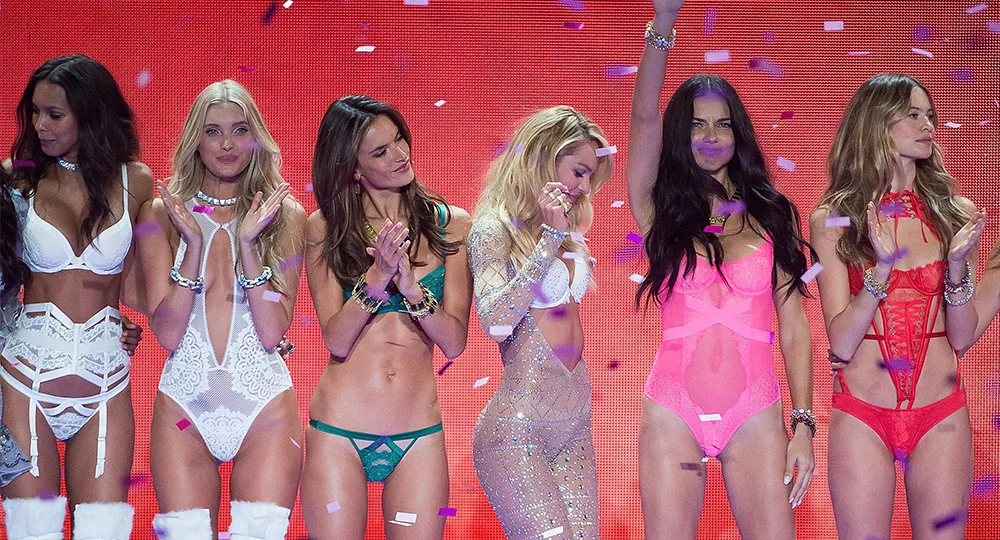
And the show brings in ad revenue, too. In the US the spectacular event is licensed to CBS for a reported seven-figure deal. For that price tag, they rake in some 9 million viewers annually, charging almost $250,000 for 30-second advertising slots. You can catch the show in Australia on Channel Nine.
(Let’s not even begin to mention the exposure that the show gets in the media. Outlets around the world – ours included, mea culpa – report on the minutae of the event in incredible detail. Backstage, front of house, behind the scenes, workout plans, costume changes, street style outfits, celebrity guests, fun facts, Instagram snaps… You name it when it comes to Victoria’s Secret, and the media will cover it.)
Meanwhile, as well as the licensing deals, Victoria’s Secret charges brands to be commercial partners behind the scenes.
When you see the girls posing for a FujiFilm Polaroid snap, drawing attention to a Swarovski crystal bracelet or sipping from a bottle of branded water, it’s because those brands have paid to be there. That opportunity starts at $25,000 and increases exponentially from there.
But the whole reason that the show exists is to generate buzz and excitement around a brand: getting butts into stores (pun intended).
And there’s a lot of product to move. Thousands of styles – bras, underwear, accessories and beauty and body products – to be found in more than 1,000 stores in every major mall in the US. Famously, the company does not retail plus size lingerie, despite being repeatedly petitioned by customers to do so. They also, as of this year, no longer produce swimwear. The focus has swung back to unmentionables, taking in $7.2 billion in 2015, of which $1.2 billion was profit.
That’s a lot of underwear. All those flashbulbs must be doing something right.
